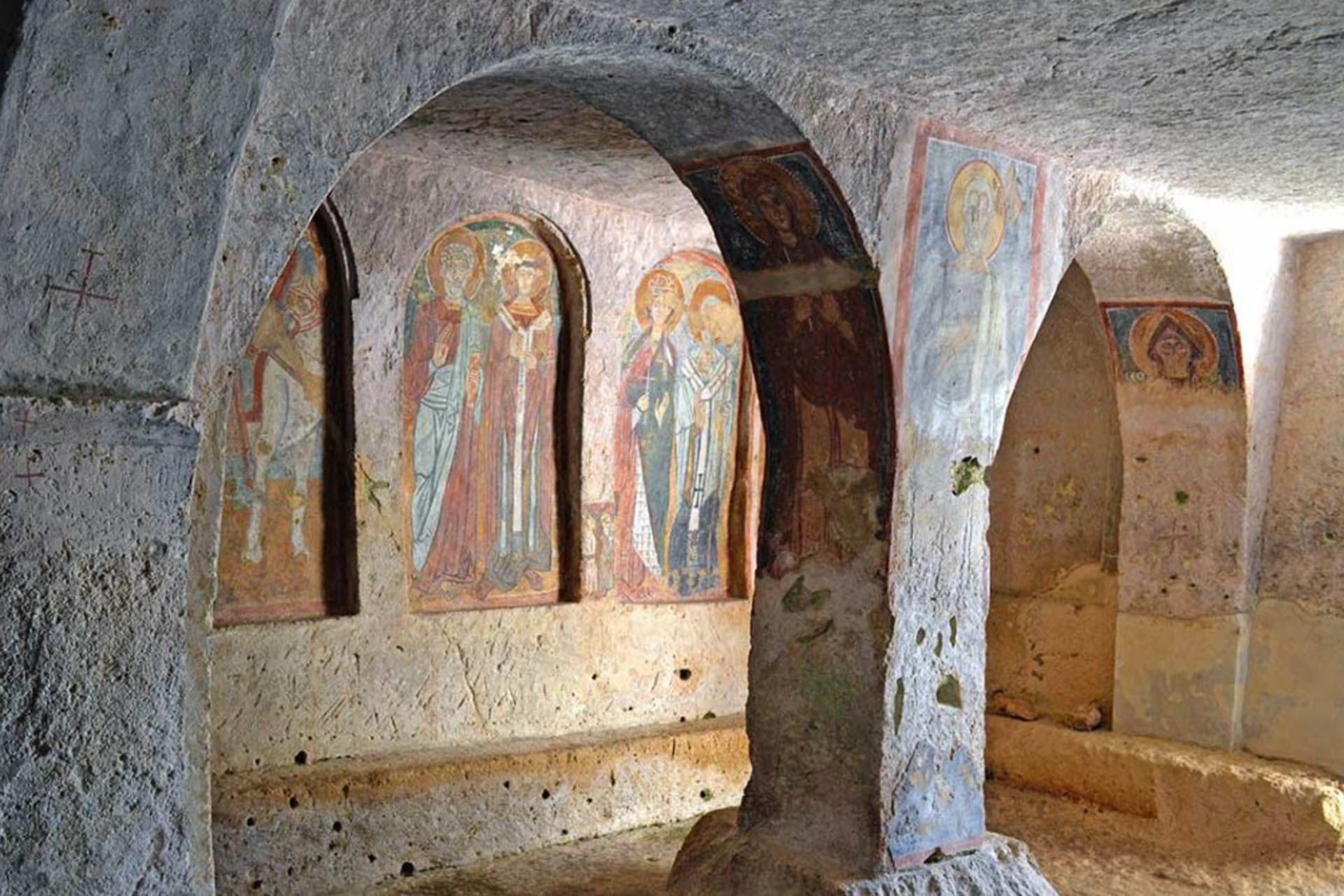
The Caves of God are located in Mottola, in the southern Murge, and there are four of them: the rock church of San Nicola, the church of San Gregorio, the church of Santa Margherita and finally the church of Sant'Angelo.
The rock church of San Nicola, in the Gorgone area, near the Lamaderchia farmhouse, is an ancient church frequented by the Crusaders and pilgrims who travelled to Taranto and Brindisi from the inland regions before embarking for the Holy Land.
In this rock church we find ourselves in front of the most complete and astonishing art gallery of popular sacred art in Puglia, which manages to fully highlight the testimonies of the various theological and artistic influences of Eastern and Latin origin, spanning almost four centuries of the Middle Ages.
A double-ringed lunette surmounts the door to the crypt and on it are visible traces of painted decoration of a half-length haloed figure.
The fresco represents a symbolic Crucifixion of Christ and the thieves and shows three Latin crosses, two of which are small and a larger one in the centre, and can be attributed to the first half of the 9th century.
The sanctuary of San Nicola can be defined as a hypogeum sanctuary of the inscribed cruciform type, and the archaic layout of the early medieval type has led to hypotheses of comparisons with the Syrian churches of the 6th century, especially for the division of the hall into three naves of two bays by means of just two massive pillars.
Il naos, ovvero lo spazio del tempio destinato ai fedeli, è diviso in tre navate di cui la centrale risulta il doppio di quelle laterali, tutto intorno all’aula, lungo le pareti e alla base dei pilastri corrono i subsellia (sedili), alti per lo più 40 cm.
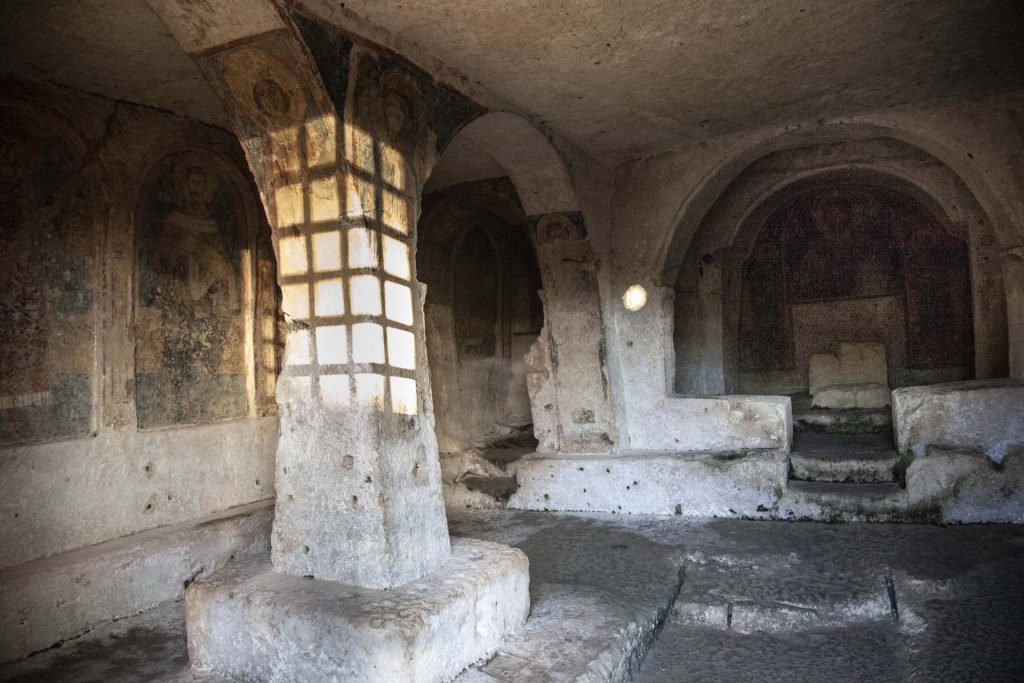
The rock church of San Gregorio is located on the edge of the outskirts of the town. The semi-buried rock church of San Gregorio overlooks a very large cave complex – which includes in the immediate vicinity the two rock churches of the Madonna delle Sette Lampade and the church of the Madonna degli Angeli. The interior of the small temple has architectural and iconographic features of great value and monumentality.
The church, in the shape of an inscribed Greek cross, is of the basilica type, seven meters long and eight meters wide, with three naves and three semicircular apses with a concave bottom. Its original excavation probably dates back to the 9th-10th century, and important embellishment interventions are presumably recorded starting from the 12th century. In fact, the naves are carefully divided by four large cruciform pillars of semi-columns.
Originally the 40 cm raised bema, which is accessed by two steps from the naos, was divided from the hall by an iconostasis that was almost certainly complete, later demolished, and in the three apses we find the remains of the altars. On the walls of the hall there are eight archivolts and six niches, two of which are suggestively frescoed with sacred subjects in iconic form.
The pictorial collection of the crypt is limited to just three iconic frescoes. The most important is undoubtedly the majestic Pantocrator, represented half-length in the central dome of the apse.
Christ, blessing with his right hand, is depicted in a bipartite background, ochre in the lower part and blue in the upper part, delimited by a red frame.
The face is sad and contemplative, marked by long wavy hair and a double-pointed beard. He wears a red tunic and a large blue cloak, and shows an open book in his left hand, which bears the usual inscription in Greek characters.
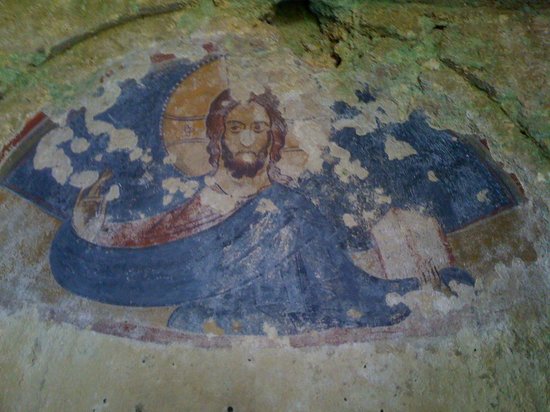
The rock church of Santa Margherita has an unusual, extremely suggestive plan.
You reach the inside of the crypt after enjoying the view of the wild and exuberant spontaneous vegetation of the ravine and after crossing a narrow walkway overlooking the ravine. A small underground cave below the entrance is probably for funerary purposes. The total width of the church is 6.28 m, the length is 9.70 m (including the apse), the height is 2.50 m.
At the bottom of the first apse, with a flat bottom, we find an altar leaning against the wall, in the other rather irregular space, dug to the right of the first, of considerable size, with a curved and frescoed back wall, there are the remains of two other altars. The rooms are equipped with the stone seat (subsellia) that runs all around.
Saint Margaret is depicted wearing a sumptuous, typically Byzantine dress, decorated with circles and leaves; the cloak is edged with beads and a cross motif. A rich crown from which jeweled ribbons hang is placed on her wavy hair intertwined with other ribbons. Saint Margaret holds the raised cross in her right hand, a symbol of martyrdom, while her left hand rests on her chest with an open palm. Its meticulous, almost miniaturist execution and the use of warm colours, underlined by the highlights, have led to it being proposed as one of the best examples of provincial Apulian pictorial production in the period of the Byzantine imperial dynasty of the Comneni (12th century), probably influenced by models of Balkan origin.
Starting from the entrance, we can see on the left wall a St. Anthony the Abbot. Founder of monastic life in Egypt, he represents one of the greatest figures of Christian asceticism of antiquity. He died at 105 years old and is remembered as the protector of domestic animals.
Next to it we can see a first an-iconic representation of a Miracle of St. Nicholas of Myra. This is the only example of a cave painting in Puglia that illustrates the miracle of the Saint, who appears in a dream to a father who, because of poverty, was thinking of prostituting his three daughters, giving him the money needed to make up their dowry. This miracle of the Saint was made famous by Dante Alighieri, who mentions it in the Divine Comedy (Purgatory, XX, 31-33). In the fresco, a man is visible sleeping in a room while a hand descends from above. In the upper part of the building, in a small loggia, the three female figures are represented, with astonished faces.
Next to this painting we see a Saint Michael the Archangel attributable to the Angevin period (13th-14th century), depicted in imperial costume as an Archistrategos, holding a spear and the celestial globe with the inscription “Christ conquers”.
The Angel is in a constant battle against the dragon which he defeats and chases from heaven.
Next comes the depiction of the Virgin with Child, probably a Virgin Glycophilousa or of Tenderness, with an expressive and delicate face who sits on a throne and holds the Child in her arms, cheek to cheek. This painting also probably dates back to the 14th century, and the lower part of the fresco is very damaged.
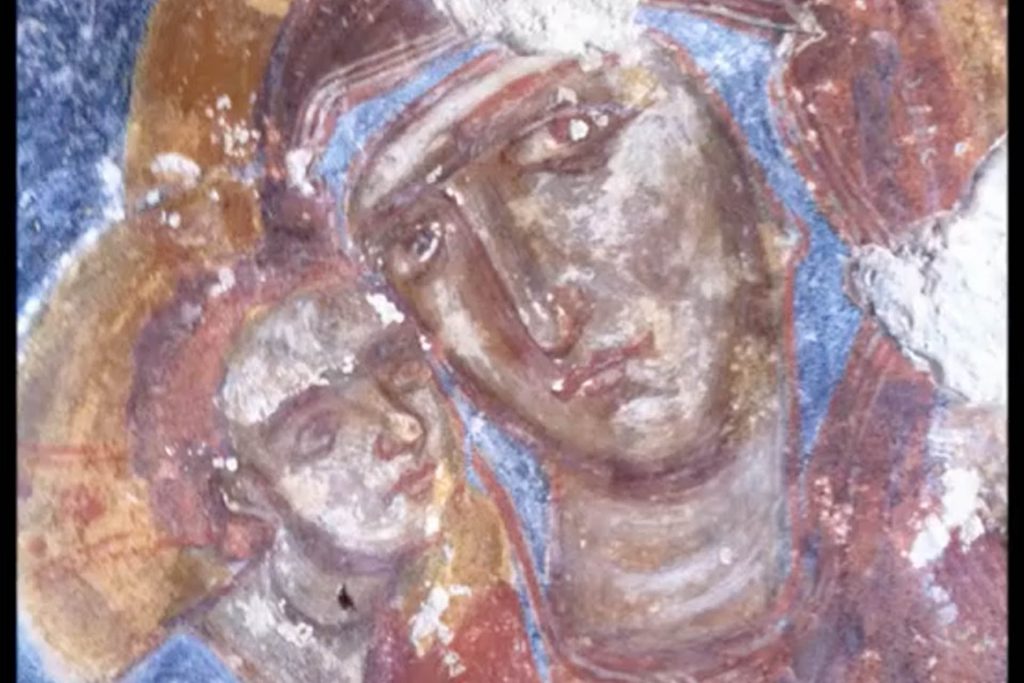
The rock church of Sant’Angelo is unique in southern Italy for its development on two different underground levels, with the lower space having a funerary purpose (similar examples are present in Asia Minor). The church has a pronaos (small atrium) uncovered in the part in front of the entrance and a small cell to its left, probably a shelter for the caretaker, located near a cistern for collecting water. The church is accessed through a double entrance, of which the one on the right is decorated with a double ring. Inside the temple has three naves and three apses.
The church is liturgically oriented, with the apses facing east. The naves are divided by three monolithic pillars, while the apses have a flat bottom in the central one and a concave one in the lateral ones. In the central apse, decorated on the extrados by a triple ring, there is a Latin-style altar, placed against the wall, while in the lateral apses the stumps of Greek altars emerge.
Also interesting is the ceiling, which features different decorations for each apse.
The frescoes are severely deteriorated. The deterioration is due to pollution and especially to water infiltration, favored in the past by the tilling of the land above and surrounding the crypts.
The dating of the frescoes in the church of Sant'Angelo generally dates back to the 13th-14th century, although it is probable that many of them cover other palimpsest layers of plaster, or underlying paintings from an earlier period.
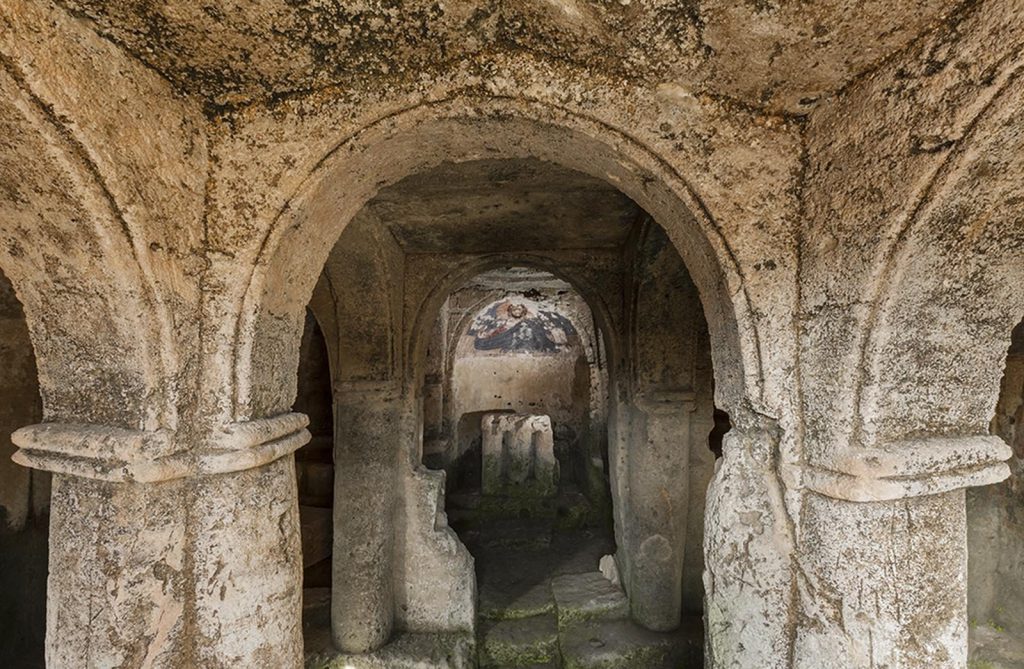












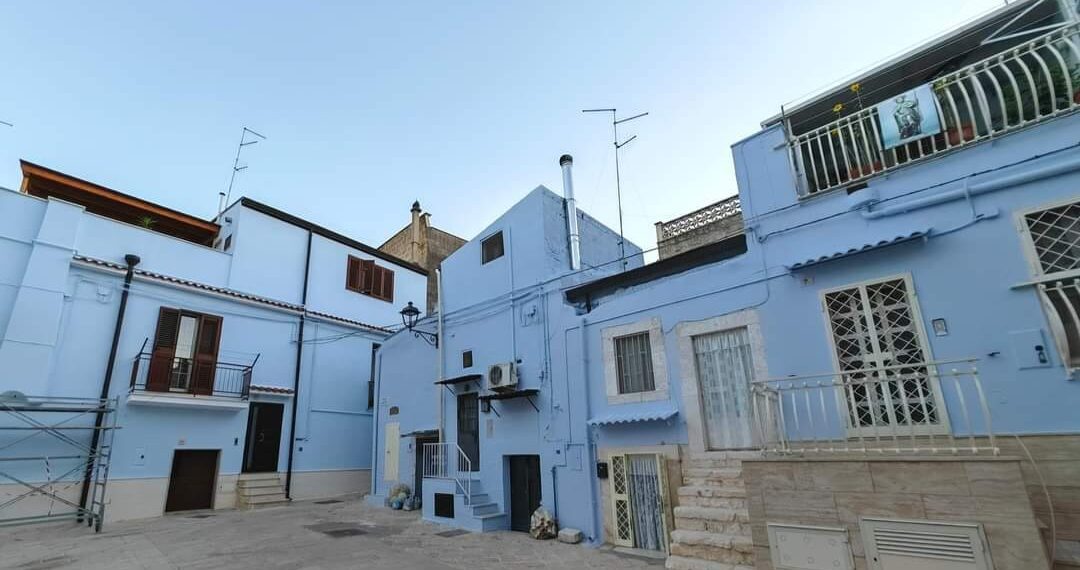
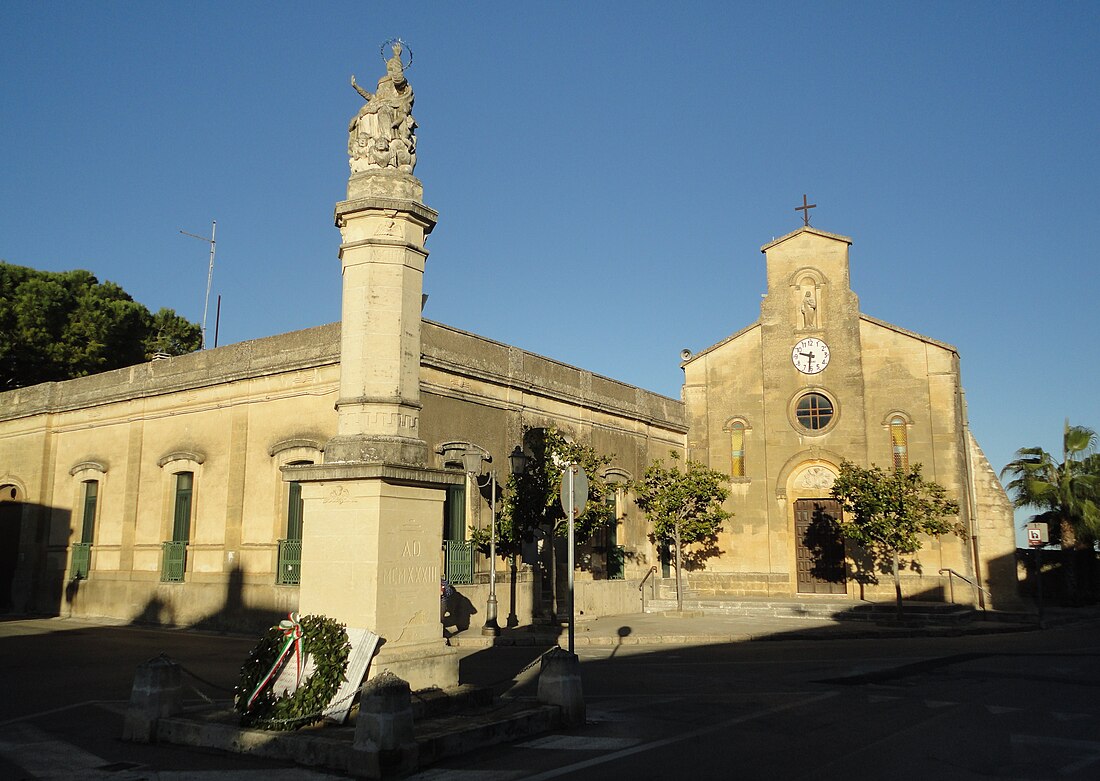
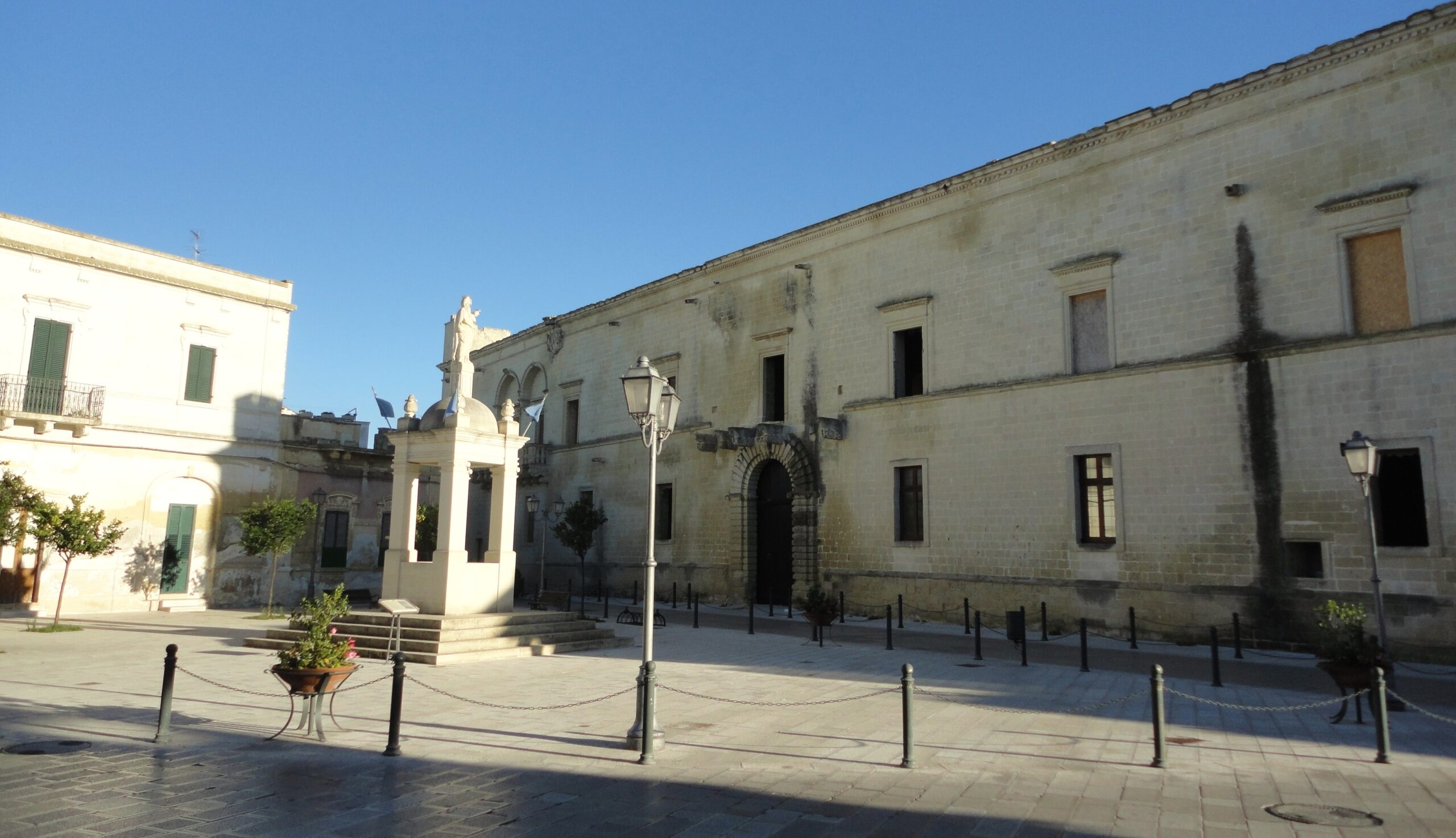
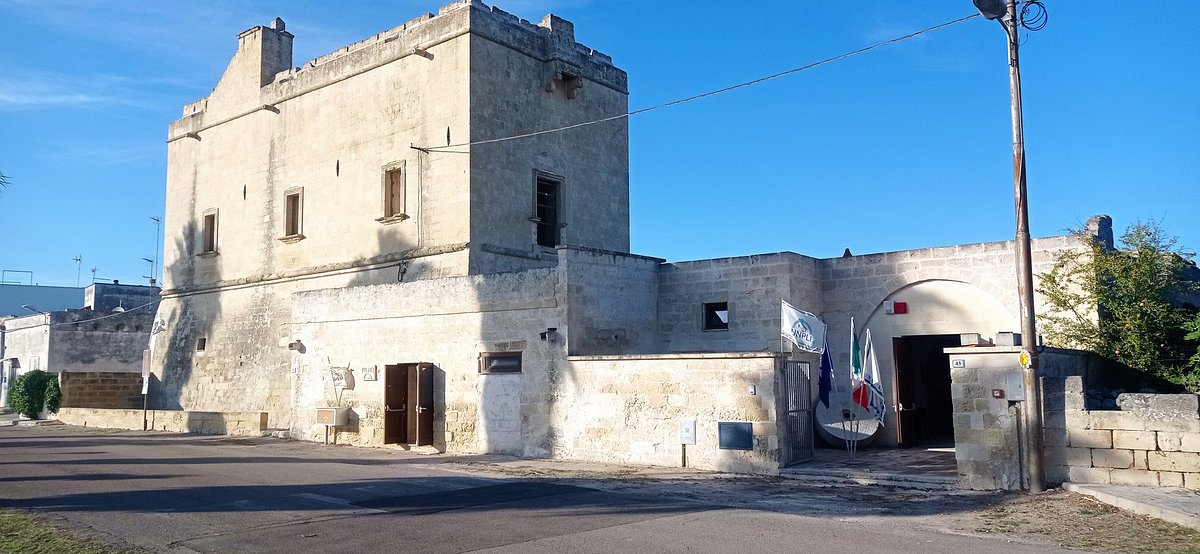


Leave a comment